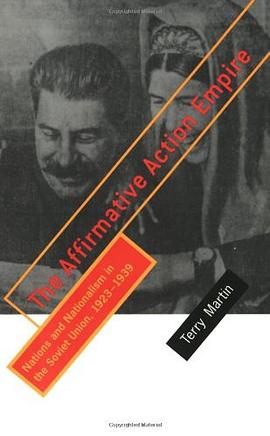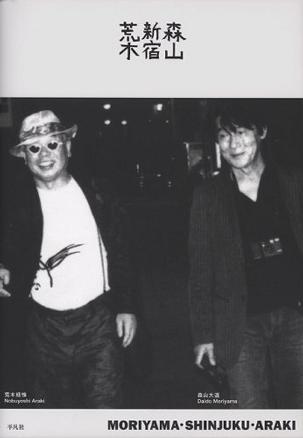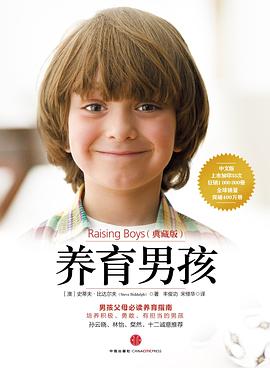The Affirmative Action Empire
内容简介
The Soviet Union was the first of Europe's multiethnic states to confront the rising tide of nationalism by systematically promoting the national consciousness of its ethnic minorities and establishing for them many of the institutional forms characteristic of the modern nation-state. In the 1920s, the Bolshevik government, seeking to defuse nationalist sentiment, created tens of thousands of national territories. It trained new national leaders, established national languages, and financed the production of national-language cultural products.This was a massive and fascinating historical experiment in governing a multiethnic state. Terry Martin provides a comprehensive survey and interpretation, based on newly available archival sources, of the Soviet management of the nationalities question. He traces the conflicts and tensions created by the geographic definition of national territories, the establishment of dozens of official national languages, and the world's first mass "affirmative action" programs. Martin examines the contradictions inherent in the Soviet nationality policy, which sought simultaneously to foster the growth of national consciousness among its minority populations while dictating the exact content of their cultures; to sponsor national liberation movements in neighboring countries, while eliminating all foreign influence on the Soviet Union's many diaspora nationalities. Martin explores the political logic of Stalin's policies as he responded to a perceived threat to Soviet unity in the 1930s by re-establishing the Russians as the state's leading nationality and deporting numerous "enemy nations."
......(更多)
作者简介
......(更多)
目录
List of Tables and Maps
Acknowledgments
Footnote Abbreviations
A Note on Style
1. The Soviet Affirmative Action Empire
The Logic of the Affirmative Action Empire
The Content of the Affirmative Action Empire
An Affirmative Action Empire
The Party and the Affirmative Action Empire
The Geography of the Affirmative Action Empire
The Chronology of the Affirmative Action Empire
PART ONE
Implementing the Affirmative Action Empire
2. Borders and Ethnic Conflict
The Emergence of National Soviets in Ukraine
National Soviets in Belorussia and the RSFSR
National Soviets and Ethnic Conflict in the Soviet East
Conclusion
3· Linguistic Ukrainization, 1923-1932
The Background to Ukrainization, 1919-1923
Ukrainization, 1923-1925
Kaganovich's Ukrainization, April 1925-June 1926
The Failure of Comprehensive Ukrainization, 1926-1932
Conclusion
4- Affirmative Action in the Soviet East, 1923-1932
East and West
The Cultural Fund
Mechanical Korenizatsiia, 1923 to 1926
Functional Korenizatsiia, 1926 to 1928
Affirmative Action and Ethnic Conflict in the Industrial
Work Place
Cultural Revolution and Korenizatsiia in the Soviet East
Conclusion: Korenizatsiia in East and West
5· The Latinization Campaign and the Symbolic Politics of
National Identity
The Latinization Campaign
Latinization as Derussification
Language and Terror in the Soviet West
PART Two
The Political Crisis of the Affirmative Action Empire
6. The Politics of National Communism, 1923-1930
The Shumskyi Affair
Nationality and the Left Opposition
The Socialist Offensive and Cultural Revolution
The Cultural Revolutionary Show Trial in Ukraine
Terror as a System of Signaling
Terror and Policy Reversal in Belorussia
Conclusion
7· The National Interpretation of the 1933 Famine
The Piedmont Principle and Soviet Border Disputes
The Ukrainian Question in the RSFSR
The Kuban Affair
The National Interpretation of the Grain Requisitions Crisis
Conclusion: The Aftermath of the December 1932 Politburo
Decrees
PART THREE
Revising the Affirmative Action Empire
8. Ethnic Cleansing and Enemy Nations
The Border Regions
The Politics of Immigration
Contents
Collectivization and Emigration
The Ukrainian Crisis
Ethnic Cleansing
Enemy Nations
Conclusion
9. The Revised Soviet Nationalities Policy, 1933-1939
The Skrypnyk Mfair
The Greatest-Danger Principle
Ukrainization after the Skrypnyk Affair
Silent Korenizatsiia in the Soviet East
Conclusion
10. The Reemergence of the Russians
The Awkward Republic: The RSFSR
The Internationalization of the RSFSR
The Russification of the RSFSR
Script Russification and the Symbolic Politics of the Great Retreat
Language and the Great Terror
Conclusion
11. The Friendship of the Peoples
The Brotherhood of the Peoples
The Friendship of the Peoples
Stalinist Primordialism
The First among Equals
Conclusion
Glossary
Bibliography
Index
......(更多)
读书文摘
......(更多)






